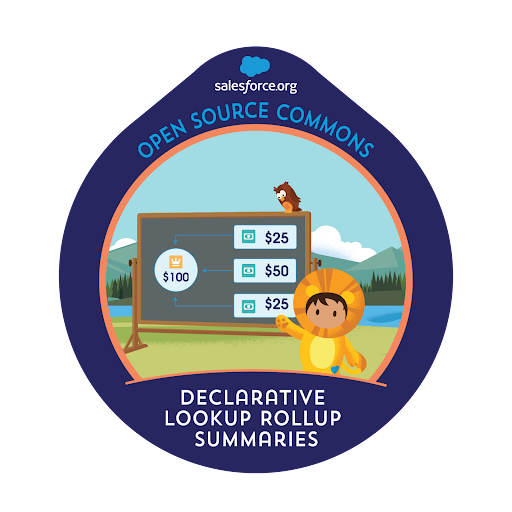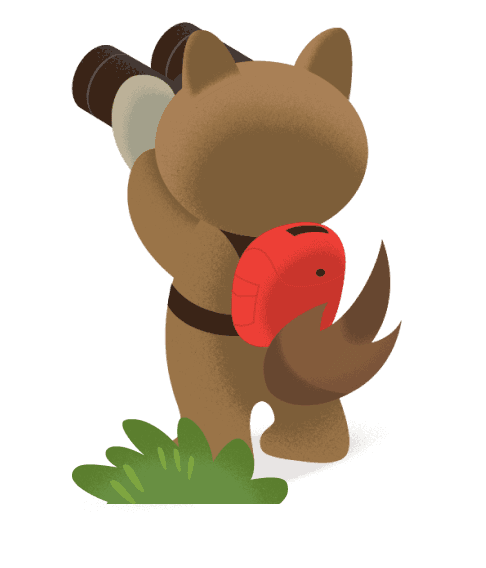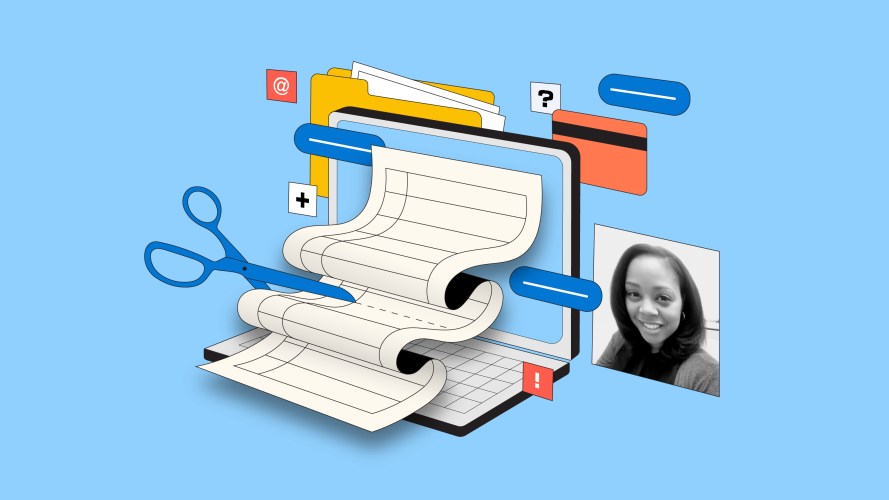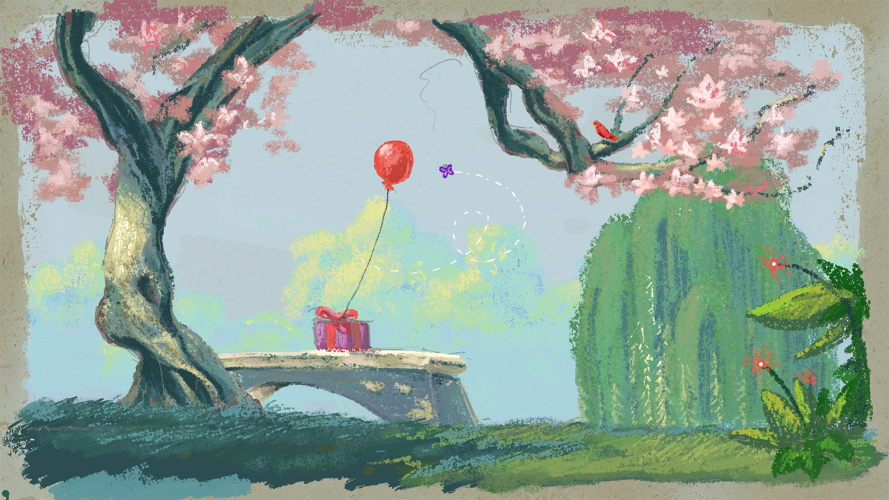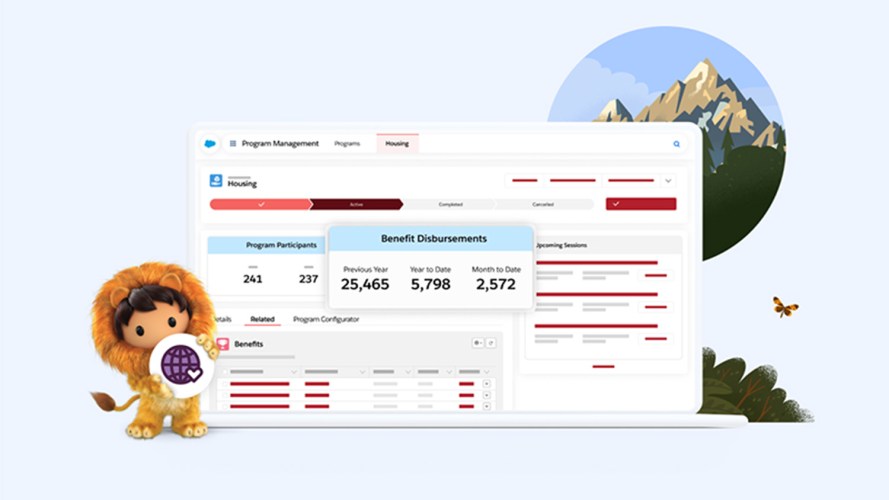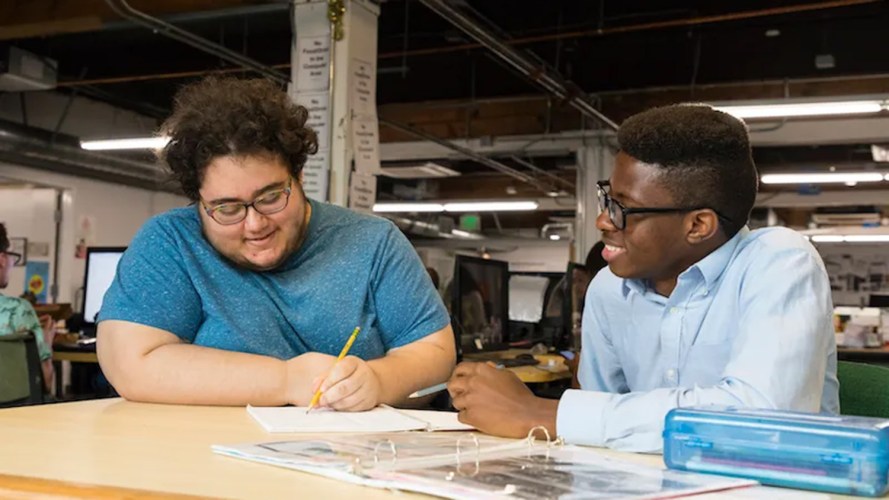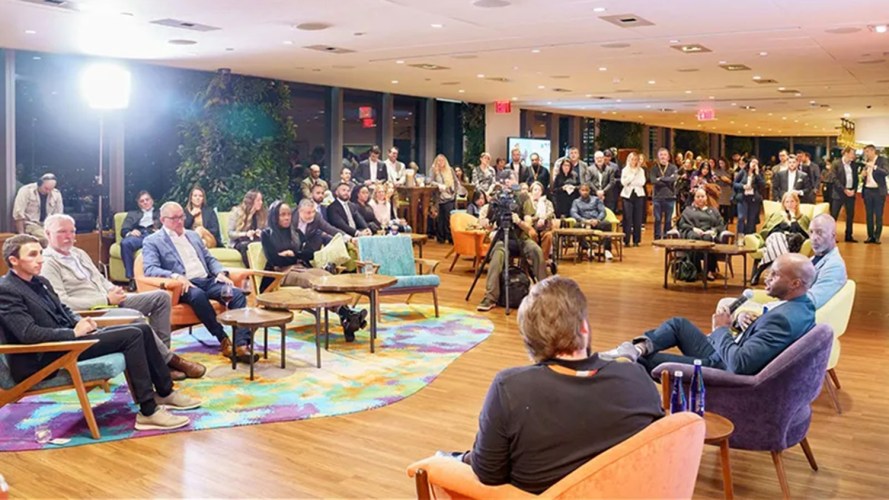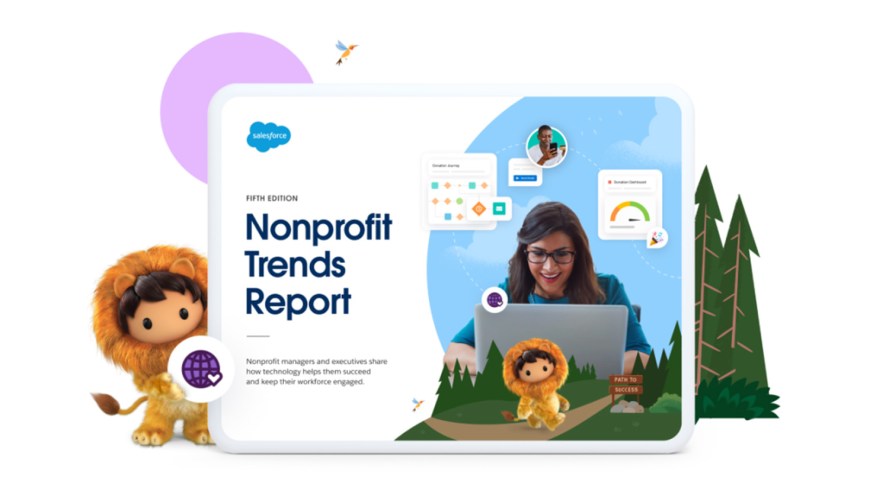Introducing a New Community-Built Application Supported by Salesforce.org Commons
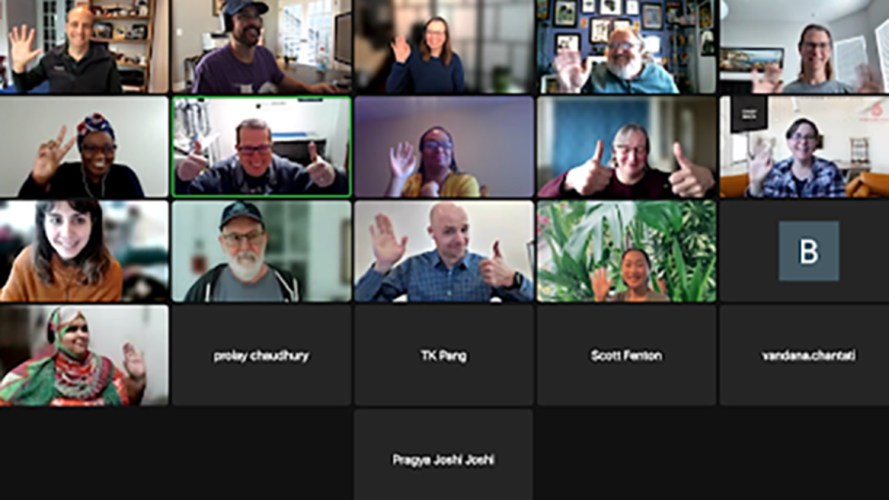


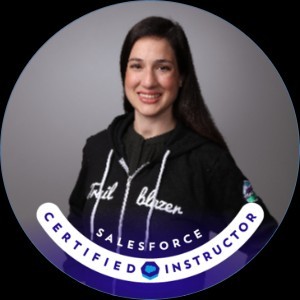
Vicki Moritz-Henry
It’s easy to see how technology is evolving at an increasingly fast rate. With that evolution comes the need for organizations to have a deep understanding of how the landscape is changing and how they need to adapt. Whether it’s community services, donor relations, governance, volunteer management, or communications, data plays a critical role in telling the story and uncovering the insights required to develop a response.
However, while we know how important data is, it can be difficult to organize, manage, and extract the information needed without the proper tools and resources.
That’s where Declarative Lookup Rollup Summaries (DLRS) comes in. DLRS is a community-built and community-maintained open source Salesforce solution. This managed package helps administrators who need to understand relationships between different sets of data in a number of situations, like when Salesforce Roll-Up Summary Fields aren’t an option or custom coding isn’t possible.
For example, you can use DLRS when you want to display the sum of paid payments related to an Opportunity, or count the number of student applications or current board members at your organization.
Built by the community, for the community
“Open source is nothing without a community, and I could not be more excited for the DLRS team and this release. This release is packed with great features and key resources to make it easier and more accessible than ever before — it is amazing what this team has achieved together.” – Andrew Fawcett
DLRS was originally built by Andrew Fawcett — AKA Andy in the Cloud — in 2013, years before he joined Salesforce as VP of Product Management on the platform team. DLRS has since grown into a well-loved solution for all types of organizations with over 16,000 subscribers. In 2021 Andy decided to bring DLRS to the Open Source Commons (“The Commons”) program in order to expand the tool’s capabilities, and ensure its future as a trusted reliable solution.
Through community print events, dedicated training opportunities, and specialized resources (like access to the AppExchange), the Commons helps our community solve problems and create and share solutions. Everyone can then benefit from their work, making it easier for all organizations to maximize their impact using Salesforce.
By bringing it to the Commons, Andy was able to rally a whole team of community members to work on DLRS. These volunteers develop the product and take on a variety of roles including engineering, quality testing, marketing, documentation, UX research, user support, and much more.
It also means that, moving forward, anyone can contribute to product improvements. Since we want to ensure a solution is as useful as possible for those who use it, this process also allows the team to actively incorporate community contributions and feedback.
Learn more about the history of DLRS, and Andy’s decision to join the Open Source Commons program.
The first major community release
The DLRS team has spent the past few months building a new version (2.17), filled with community-sourced improvements.
Some highlights include:
- Easier installation – Users can now install or upgrade DLRS via the Commons dedicated installation page.
- Better user experience (UX) – We’ve added a brand new rollup creation wizard, with the ability to sort fields by labels instead of API names; a clone button to quickly copy existing Lookup Rollup Summaries without leaving the page; a rollup list view within the Lightning app to make records easily visible, including schedule information, and more!
- Nonprofit Success Pack (NPSP) compatibility – DLRS is now TDTM-aware! This makes it easier for Nonprofits who use the NPSP to use DLRS.
- Better performance – Fewer SOQL queries to reduce governor limit issues.
For a full list of improvements in version 2.17, check out the full release notes.
The team has also worked hard on areas outside of the package, creating a new website with new and improved documentation, and a new “Cookbook” of rollup recipes sourced directly from DLRS users.
Contribute to DLRS today
You don’t need to be a developer to contribute — the team is always looking for a wide range of skills from user experience design to marketing, documentation, and beyond.
Here are five ways you can contribute to DLRS today:
- Contribute your favorite rollup recipe to the cookbook.
- Answer support questions on the Trailblazer Community group.
- Give feedback on how we can keep improving features and add new functionality.
- Participate at an upcoming Community Sprint event. Follow the Commons Trailblazer Community Group to learn more about upcoming events.
- Join the DLRS community team and contribute your skills and network.
We hope that you enjoy DLRS version 2.17 as much as we enjoyed delivering it to you!
